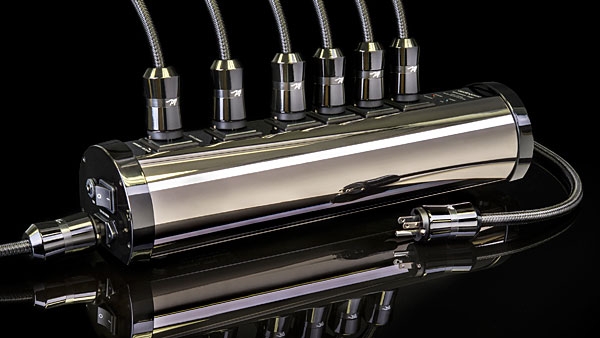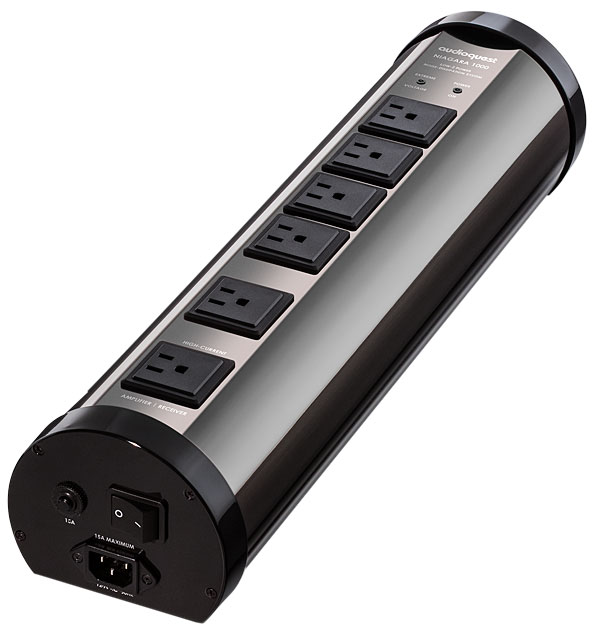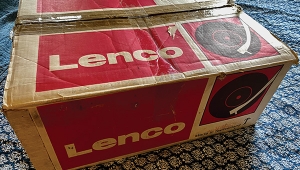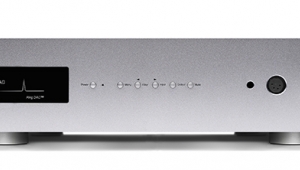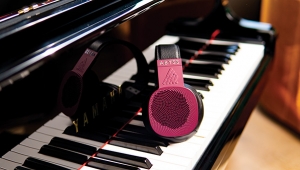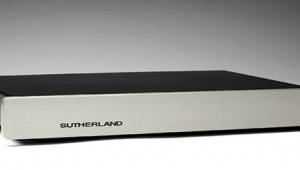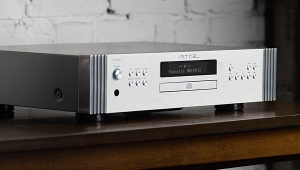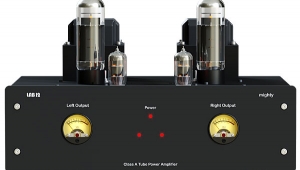| Columns Retired Columns & Blogs |
I can easily see why your Boss ( & lifestyle consultant? ) brought a Factory Rep. to your place, who else could parse such convincing Prose over a simple power-bar??
But:
you get a consistent bump in sound quality, over a 6-month stretch, phew, it must be the "real thing", something you'd rather not "live without". So, I guess you get a long term loaner, a darling device, lucky you. Be sure to include it in your system descriptions.
In fact, it might be a nice idea for you to up-date your previous reviews to include their Sound Quality improvements from this recent upgrade!
Since you didn't bother mentioning it, I'll ask: How much Chinesium this thing is made out-of?, dare you ask, dare they tell you?
Another darn good bit of journalism,
Tony in Michigan
